Search results for: 'nature products epigallocatechin gallate'
-
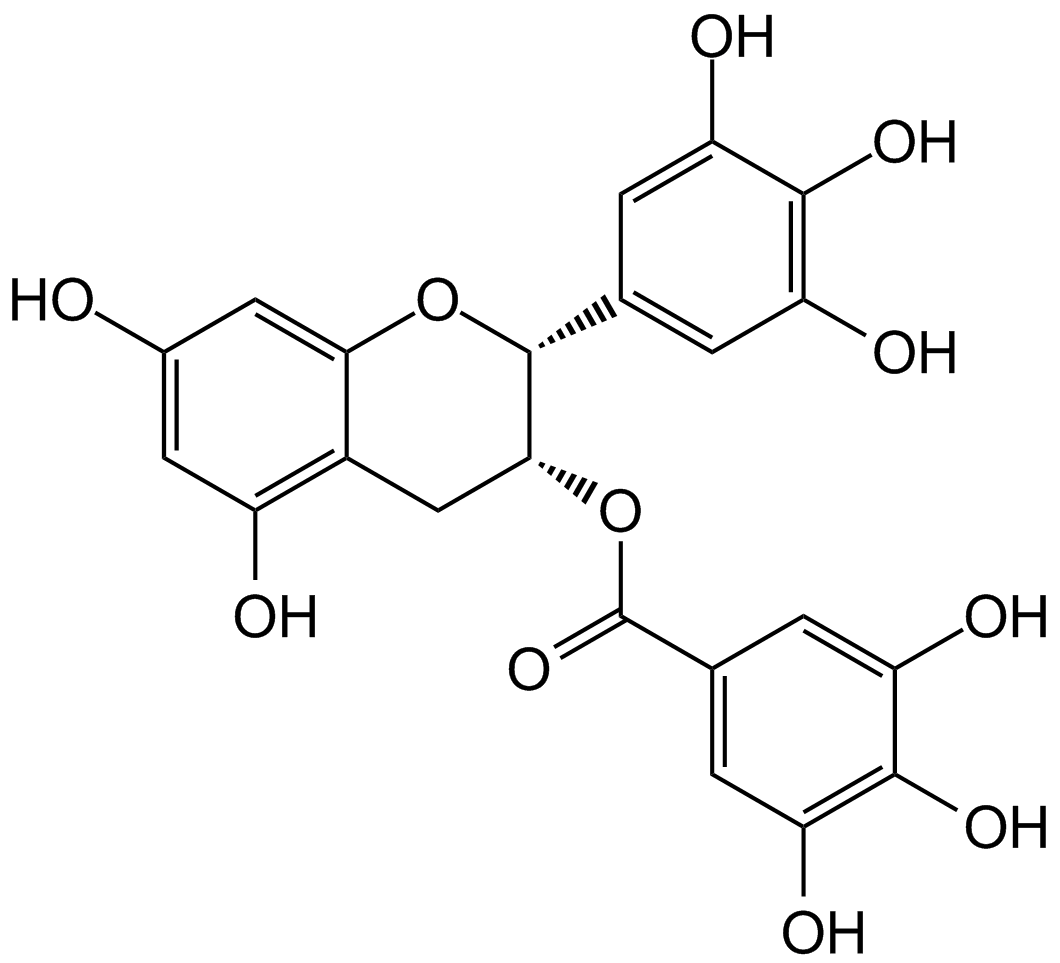 A2600 (-)-Epigallocatechin gallate (EGCG)3 CitationTarget: BACESummary: major catechin component derived from green tea
A2600 (-)-Epigallocatechin gallate (EGCG)3 CitationTarget: BACESummary: major catechin component derived from green tea -
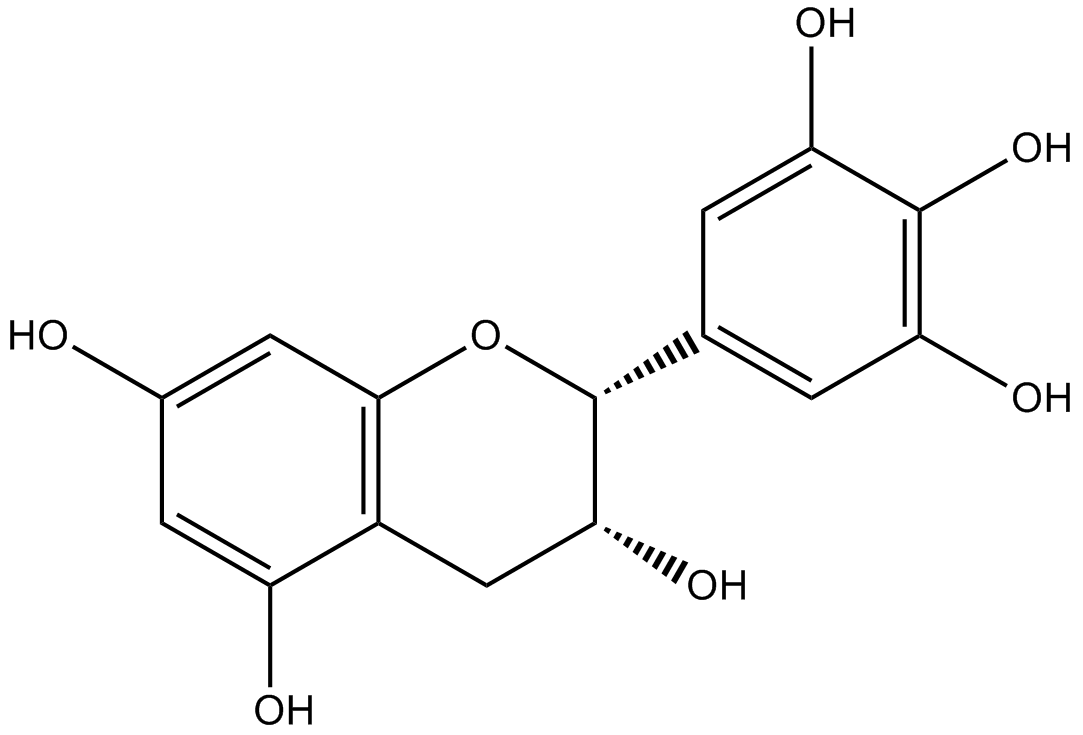 N1872 Epigallocatechin
N1872 Epigallocatechin -
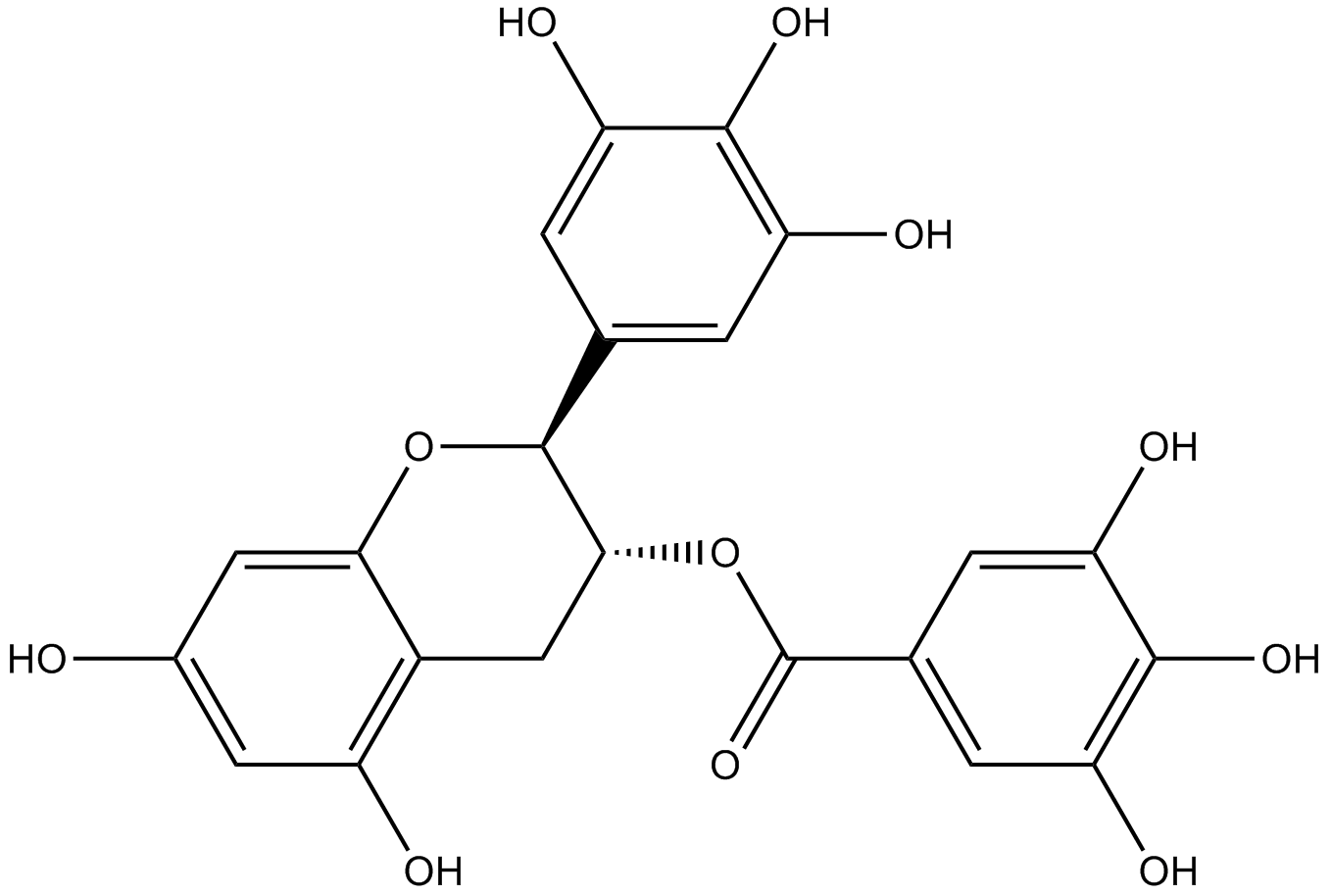 N1665 (-)-Gallocatechin gallate
N1665 (-)-Gallocatechin gallate -
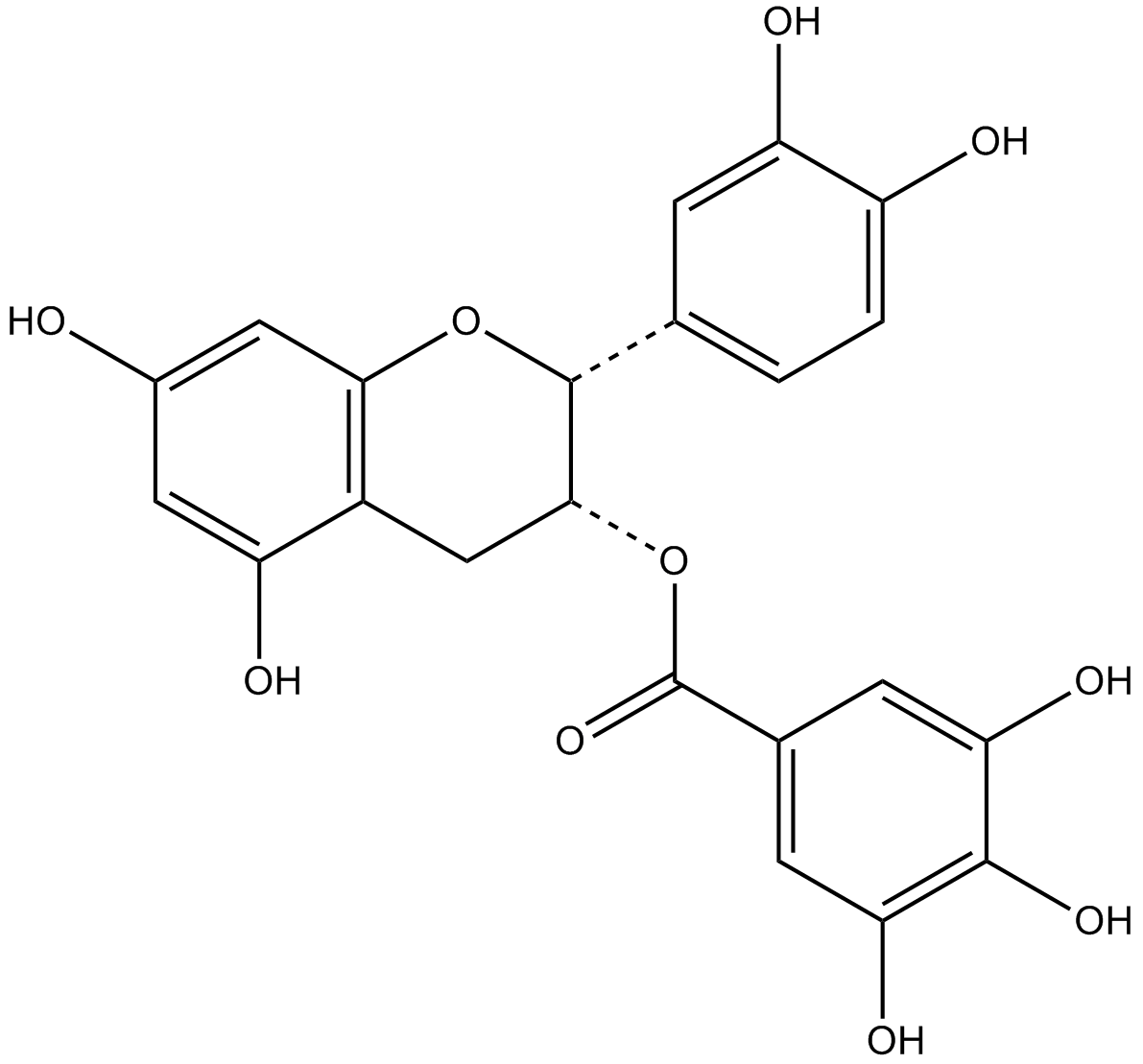 B4965 (-)-epicatechin gallateSummary: major catechin in green tea
B4965 (-)-epicatechin gallateSummary: major catechin in green tea -
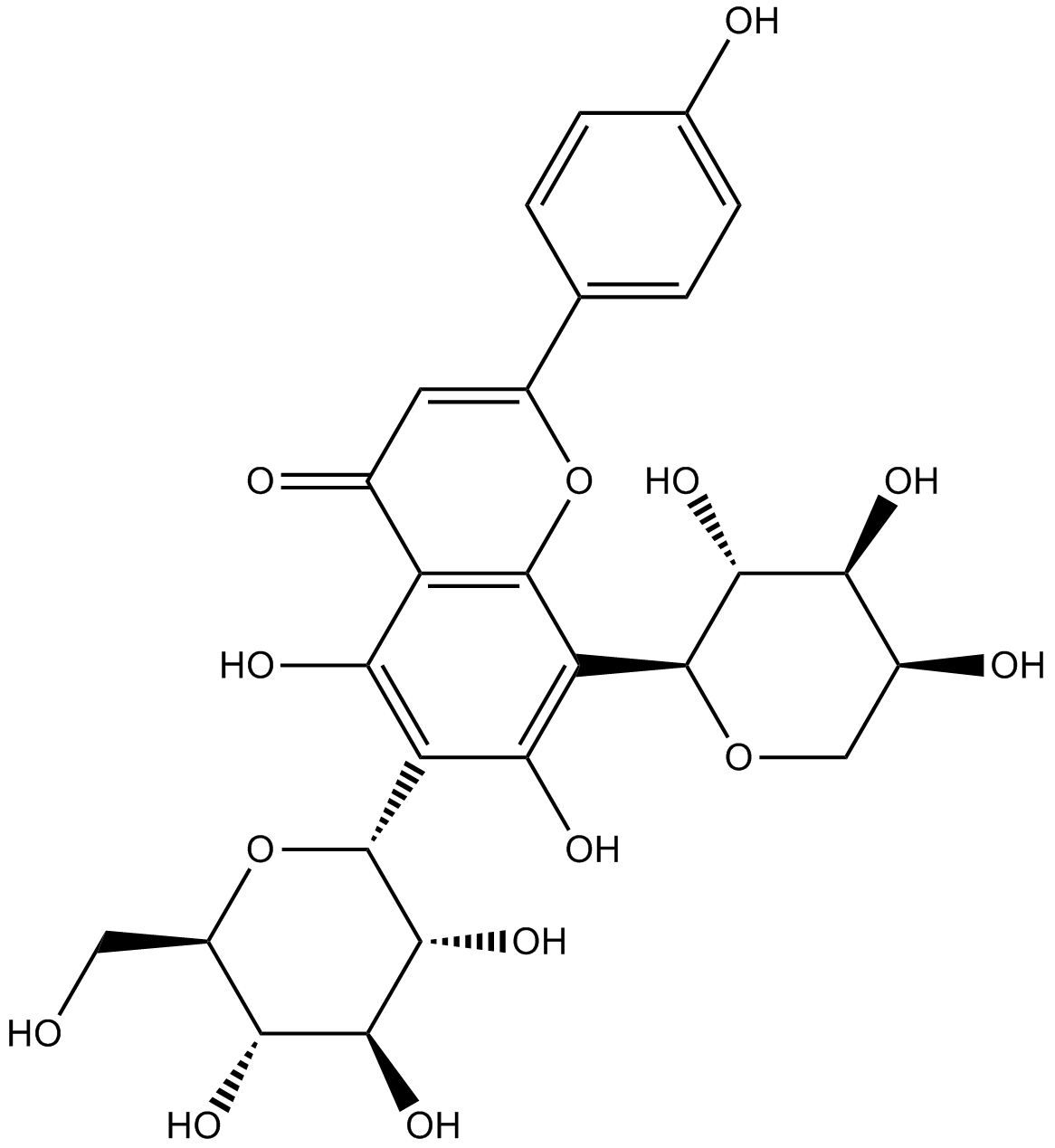 N2082 SchaftosideSummary: Nature Products
N2082 SchaftosideSummary: Nature Products -
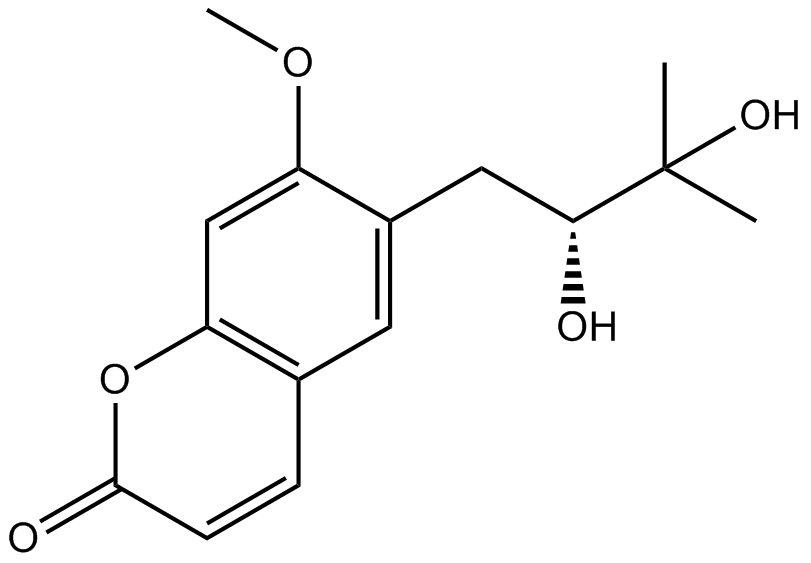 N2530 PeucedanolSummary: Nature Products
N2530 PeucedanolSummary: Nature Products -
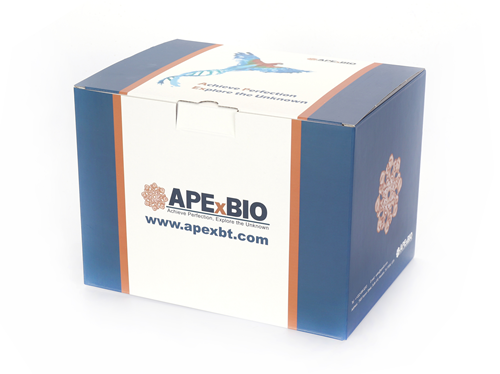 BA7529 PyridoxylamineSummary: Pyridoxylamine is an inhibitor of glycosylation end products and lipidation end products.
BA7529 PyridoxylamineSummary: Pyridoxylamine is an inhibitor of glycosylation end products and lipidation end products. -
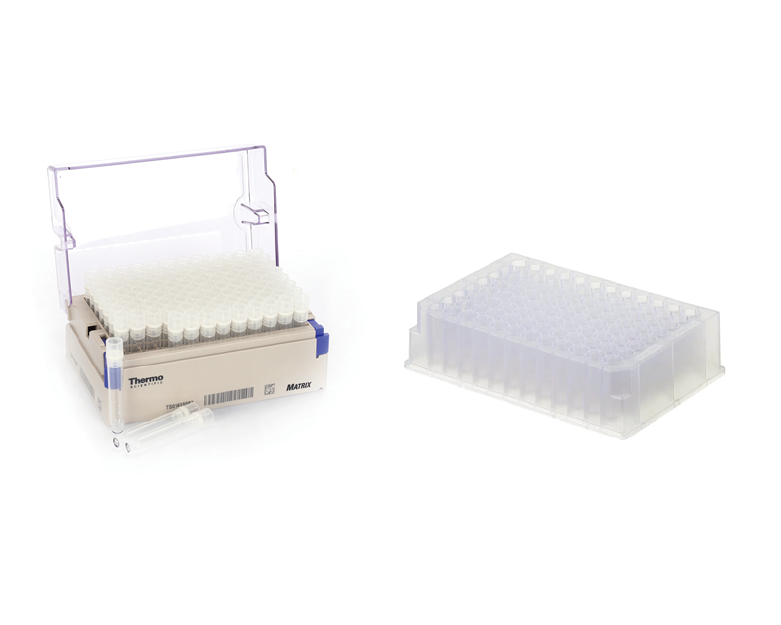 L1036 DiscoveryProbe™ Apoptosis Compound LibrarySummary: A unique collection of 643 apoptosis-related compounds for apoptosis research.
L1036 DiscoveryProbe™ Apoptosis Compound LibrarySummary: A unique collection of 643 apoptosis-related compounds for apoptosis research. -
 L1045 DiscoveryProbe™ TGF-beta/Smad Compound LibrarySummary: A unique collection of 88 TGF-beta/Smad inhibitors for TGF-beta/Smad signaling pathway research.
L1045 DiscoveryProbe™ TGF-beta/Smad Compound LibrarySummary: A unique collection of 88 TGF-beta/Smad inhibitors for TGF-beta/Smad signaling pathway research. -
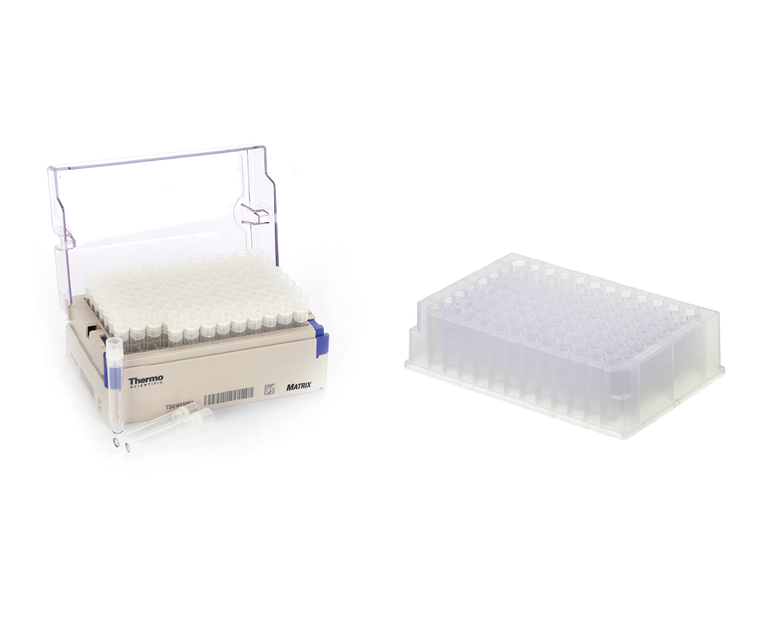 L1047 DiscoveryProbe™ Angiogenesis LibrarySummary: A unique collection of 84 small molecule compounds for angiogenesis research.
L1047 DiscoveryProbe™ Angiogenesis LibrarySummary: A unique collection of 84 small molecule compounds for angiogenesis research.


